Find Local Furnace Repair Technicians Near Me
Fast & Reliable Furnace Repair
Discover More Heating & Cooling Services
Heating and Cooling Services
Find trusted HVAC companies near you. Get quotes for AC repair, furnace repair, HVAC installation, and maintenance services from the best local HVAC companies.
Emergency Heating and Cooling
Get fast and reliable emergency HVAC services 24/7. We respond quickly to heating and cooling emergencies, ensuring your comfort is restored promptly.
Retail HVAC
Experienced commercial HVAC contractors for all your business needs. We handle installation, repair, and maintenance of commercial HVAC systems for all types of
Replace My AC
Upgrade to a new, energy-efficient air conditioner. We connect you with experienced HVAC technicians for seamless air conditioner installation services.
Install a Heat Pump
Enjoy year-round comfort with a heat pump. Find qualified HVAC professionals for expert heat pump installation.
Heat Pump Maintenance
Keep your heat pump in top condition. Our network includes qualified HVAC technicians who specialize in heat pump maintenance.
Tankless Water Heater Install
Upgrade to endless hot water and save on energy bills. Find qualified plumbers for on-demand water heater services.
New Boiler Installation
Need a new boiler for your business? Find trusted HVAC technicians for expert boiler installation.
Sump Pump System Installation
Protect your basement from flooding. Find qualified plumbers for expert sump pump installation services.
Tankless Water Heater Repair
Expert tankless water heater repair services. We can diagnose and fix any issues with your on-demand water heater, ensuring endless hot water.
Sump Pump Repair
Expert sump pump repair and maintenance to keep your basement dry. We connect you with qualified plumbers who specialize in sump pump repair.
AC Repair Near Me
Get your AC fixed quickly. Find qualified HVAC technicians near you who specialize in AC service.
Air Duct Cleaning
Improve your indoor air quality and HVAC efficiency. We connect you with reliable air duct cleaning services.
Boiler Repair
Expert boiler repair services for residential and commercial properties. We can connect you with qualified HVAC technicians to troubleshoot and repair any issue
Furnace Repair Made Easy

- Describe the Issue
- Tell us about your furnace issues, Let us know the make and model if possible, as well as how long the problem has been occurring. The more information we have, the better we can match you with the right technician.
- Get Matched with Local Technicians
- Our directory will help you find qualified professionals in your area who specialize in furnace repair. They will contact you promptly to discuss your needs and schedule a service call.
- Compare Quotes & Choose
- Make an informed choice by comparing our pre-screened local HVAC professionals. Our directory helps you find the perfect solution for your home or business.
- Get Your Furnace Repaired
- Get fast, professional service. With HVACCompaniesHub.com, you can have confidence that your furnace is in capable hands.
Why Choose HVACCompaniesHub.com for Furnace Repair?
The smarter way to find Heating Repair pros

- Experienced and Licensed Technicians
- We partner with experienced HVAC technicians who are certified professionals. Our directory features technicians with expertise in various furnace brands and models.
- Quick Response Times
- We understand the urgency of furnace repairs, especially during colder months. Find local professionals available 24/7.
- Competitive Quotes and Upfront Pricing
- Don't overpay for furnace repairs. HVACCompaniesHub.com makes it easy to compare quotes from different furnace repair technicians so you can find the best deal. Our HVAC partners provide detailed, upfront estimates before starting any work.
- Comprehensive Furnace Services
- Our directory includes specialists providing a wide range of furnace services, including inspections, cleaning, and repairs of all major components. No matter the issue, we can help you find a qualified professional to get your furnace back in top condition.
- Convenient Online Directory
- Finding a qualified HVAC technician can be a hassle. HVACCompaniesHub.com makes the process easy, connecting you with local professionals quickly and easily. Request quotes, compare services, and choose the best contractor for your furnace repair needs.
- Free To Use
- Using HVACCompaniesHub.com to find and connect with furnace repair specialists is absolutely free. Request free quotes with no obligation.
Keep Your Business Warm This Winter
Commercial Furnace Repair
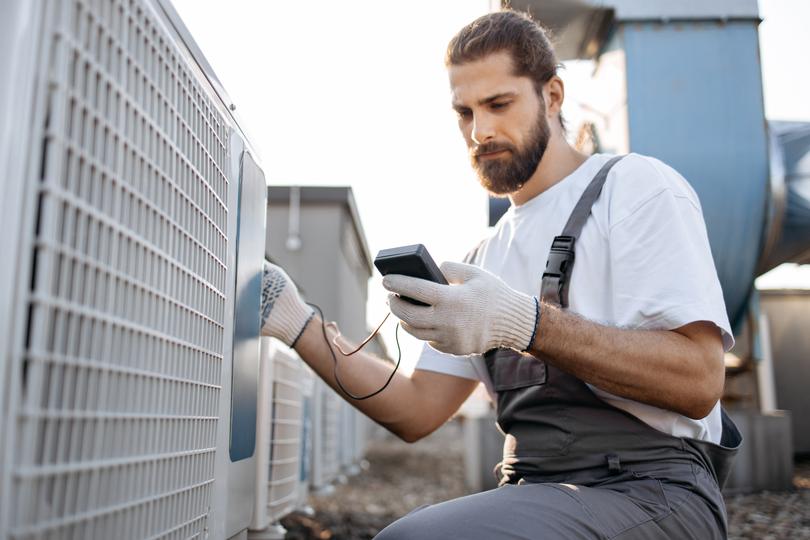
Air Conditioning Services
Find trusted HVAC companies near you. Get quotes for AC repair, furnace repair, HVAC installation, and maintenance services from the best local HVAC companies.
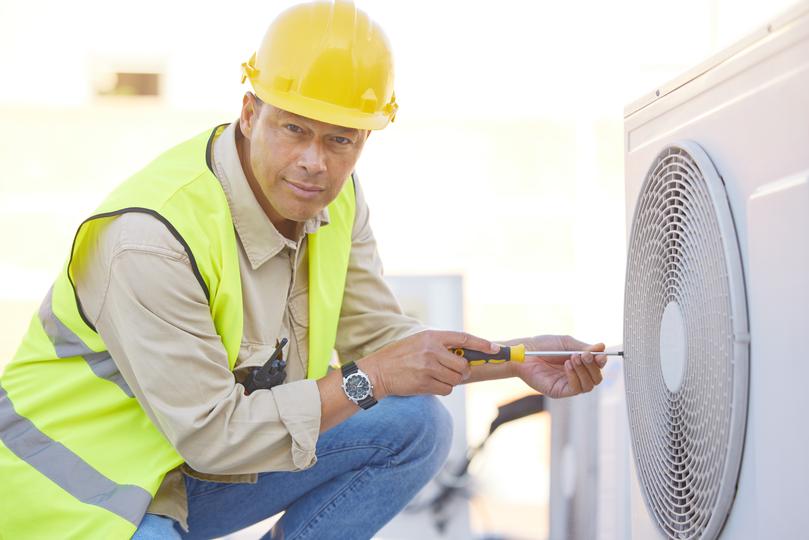
Emergency HVAC Near Me
Get fast and reliable emergency HVAC services 24/7. We respond quickly to heating and cooling emergencies, ensuring your comfort is restored promptly.

Commercial HVAC
Experienced commercial HVAC contractors for all your business needs. We handle installation, repair, and maintenance of commercial HVAC systems for all types of
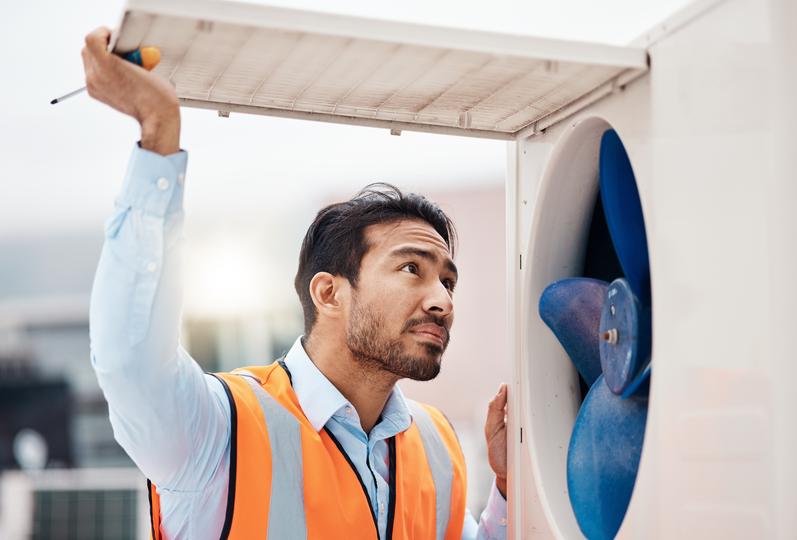
New AC Installation
Upgrade to a new, energy-efficient air conditioner. We connect you with certified HVAC technicians for seamless air conditioner installation services.

Heat Pump Installers Near Me
Enjoy year-round comfort with a heat pump. Find qualified HVAC professionals for expert heat pump installation.
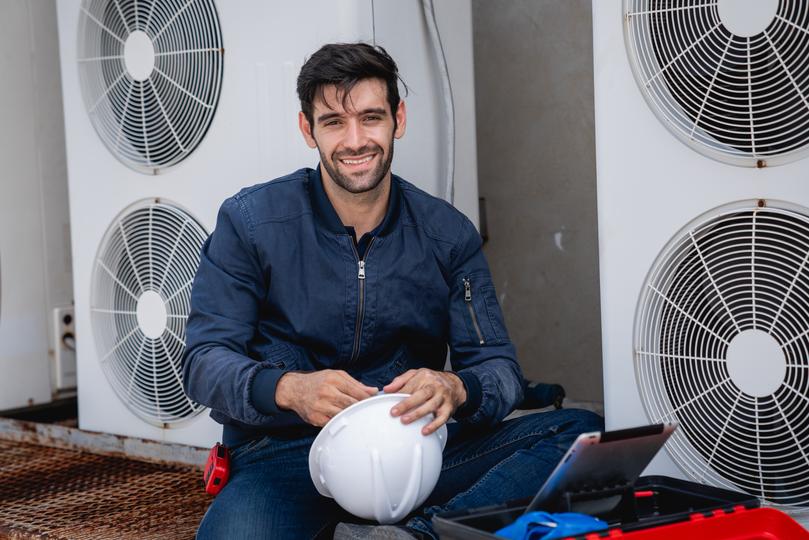
Repair My Heat Pump
Keep your heat pump in top condition. Our network includes qualified HVAC technicians who specialize in heat pump maintenance.
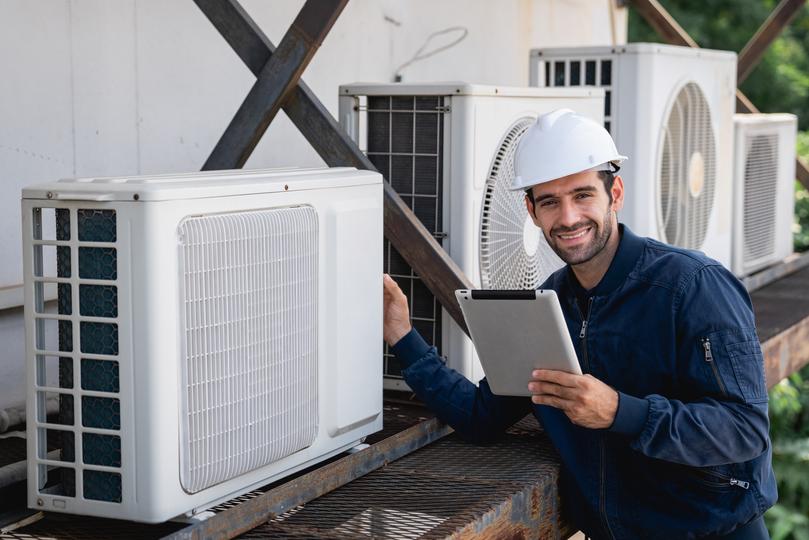
Furnace Repair Near Me
Get your furnace repaired quickly and efficiently. We connect you with trusted HVAC professionals who specialize in heating system repair.

On-Demand Water Heater Installation
Upgrade to endless hot water and save on energy bills. Find expert plumbers for on-demand water heater services.
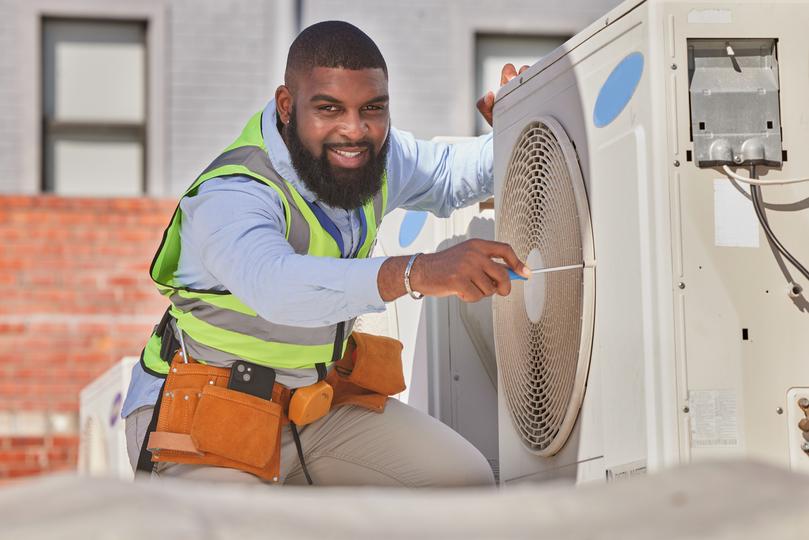
Replace My Boiler
Need a new boiler for your home? Find reliable HVAC technicians for expert boiler installation.

Tankless Water Heater Service
Expert tankless water heater repair services. Our network of qualified plumbers can troubleshoot and repair any issues with your on-demand water heater, guarante
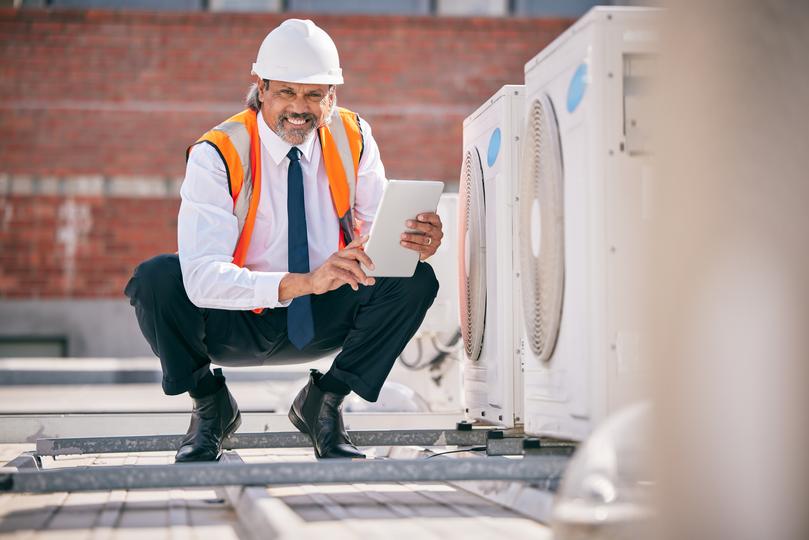
AC Repair
Get your AC fixed quickly. Find qualified HVAC technicians in your area who specialize in AC service.
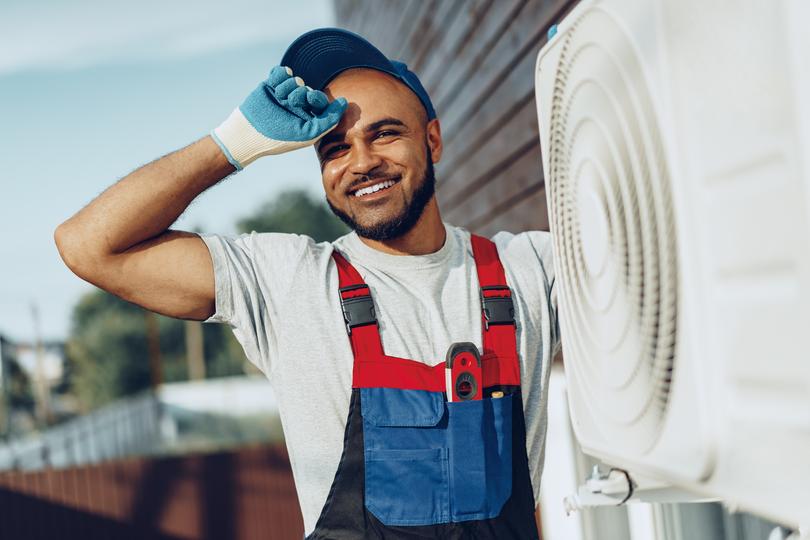
Air Vent Cleaning
Improve your indoor air quality and HVAC efficiency. We connect you with professional air duct cleaning companies.

Boiler Service
Expert boiler repair services for residential and commercial properties. We can connect you with qualified HVAC technicians to diagnose and fix any issues with
Stay Warm and Cozy All Winter Long
Residential Furnace Repair

Local HVAC Companies
Find trusted HVAC companies near you. Get quotes for AC repair, furnace repair, HVAC installation, and maintenance services from the best local HVAC companies.

Emergency HVAC
Get fast and reliable emergency HVAC services 24/7. We respond quickly to heating and cooling emergencies, ensuring your comfort is restored promptly.

AC Replacement
Upgrade to a new, energy-efficient air conditioner. We connect you with experienced HVAC technicians for seamless AC replacement services.

Heat Pump Installer
Enjoy year-round comfort with a heat pump. Find certified HVAC professionals for efficient and reliable heat pump services.

Heat Pump Repair
Keep your heat pump in top condition. Our network includes experienced HVAC technicians who specialize in heat pump repair.

Furnace Repair
Get your furnace fixed quickly and efficiently. We connect you with trusted HVAC professionals who specialize in furnace repair.

Tankless Water Heater Install
Upgrade to endless hot water and save on energy bills. Find expert plumbers for on-demand water heater services.

New Boiler Installation
Need a new boiler for your home? Find reliable HVAC technicians for expert boiler installation.

Sump Pump Installation
Protect your basement from flooding. Find qualified plumbers for expert sump pump installation services.

Tankless Water Heater Repair
Expert tankless water heater repair services. Our network of qualified plumbers can troubleshoot and repair any issues with your on-demand water heater, ensuring

Sump Pump Service
Expert sump pump repair and maintenance to keep your basement dry. We connect you with qualified plumbers who specialize in sump pump service.

AC Repair
Get your AC repaired quickly. Find certified HVAC technicians near you who specialize in AC service.

Air Vent Cleaning
Improve your indoor air quality and HVAC efficiency. We connect you with professional air duct cleaning companies.

Boiler Repair
Expert boiler repair services for homes and businesses. We can connect you with qualified HVAC technicians to diagnose and fix any issues with your boiler, ensu
Need Furnace Repair?
Find Trusted Furnace Repair Technicians Near You
Furnace Repair Glossary
Furnace
AFUE (Annual Fuel Utilization Efficiency)
Heat Exchanger
Blower Motor
Burner
Pilot Light/Ignition System
Thermostat
Ductwork
Filter
Limit Switch
Flame Sensor
Draft Inducer Motor/Fan
Capacitor
Control Board
HVAC Technician
Frequently Asked Questions about Furnace Repair
How much does furnace repair cost?
What are the most common furnace problems?
- No Heat or Reduced Heat Output: This can be caused by a variety of issues.
- Strange Noises: Listen for any sounds out of the ordinary.
- Short Cycling: This is when the furnace turns on and off rapidly, reducing efficiency and potentially causing damage.
- Pilot Light/Ignition Problems: Make sure your pilot light is on, or your ignition system is functioning correctly.
- Blower Motor Issues: The blower motor circulates air through the furnace and ductwork. A malfunctioning blower motor can cause reduced airflow, uneven temperatures, and loud noises. should be addressed by a technician.
- Dirty Air Filter: A clogged air filter reduces airflow and decreases furnace efficiency. . It can also cause overheating and damage..
- Cracked Heat Exchanger: This is a serious safety hazard, as it can lead to dangerous gasses entering your home. This is considered an emergency.
How often should I change my furnace filter?
How do I find a good furnace repair company?
- Licensed and Insured: Ensure the company has the necessary licenses and insurance to operate in your area.
- Experienced: Look for a company with a proven track record in furnace repair. Consider technicians who specialize in your system's make and model.
- Reputable: See what other customers say. Referrals from friends, family, or neighbors can be valuable.
- Transparent Pricing: Ask for a detailed estimate before any work begins.
- Available 24/7 (for emergencies): If you experience a furnace breakdown outside of regular business hours, make sure the company offers 24/7 emergency repair service.
What are the signs that my furnace needs to be replaced?
- Age: If your furnace is 15-20 years or older, it is likely less efficient and more prone to breakdowns.
- Frequent Repairs: If your furnace requires frequent and costly repairs, it may be a better financial decision to replace it than to keep repairing it.
- Increasing Energy Bills: A significant increase in your heating bills could indicate that your furnace is losing efficiency.
- Inconsistent Heating: Uneven temperatures throughout your home or business could mean your furnace is no longer distributing heat evenly.
- Strange Noises: Unusual sounds coming from your furnace, such as banging, squealing, or rumbling, can signal mechanical problems.
- Yellow Flame: A healthy furnace flame should be blue. A yellow flame suggests a problem with the burners or venting. A yellow flame requires immediate attention.
- Dry Air: While not a direct indicator of malfunction, older furnaces can make your indoor air very dry.
How do I maintain my furnace?
- Change or Clean Air Filters: Change your furnace air filter at least every three months, or more often if needed. If you have pets or allergies, replace filters more frequently.
- Annual Inspection and Tune-Up: Before the heating season begins, it's recommended to have a qualified technician perform an annual inspection and tune-up. This will maximize efficiency and minimize the risk of breakdowns.
- Clean the Area Around the Furnace: Keep the area around your furnace clean and free of debris. Maintain a clear space around the furnace for optimal operation.
- Check the Thermostat: Make sure your thermostat is functioning properly and set to the desired temperature.
- Inspect Ductwork: Inspect your ductwork for any leaks or damage and have them repaired to prevent energy loss and maintain efficient airflow.
What is a furnace tune-up?
- Inspecting and cleaning the burners
- Checking the heat exchanger for cracks or leaks
- Inspecting the blower motor and fan
- Checking the flue pipe for proper venting
- Testing the safety controls
- Lubricating moving parts
- Checking refrigerant levels (for heat pumps)
- Testing for carbon monoxide leaks
How do I reset my furnace?
- Turn off the furnace: Set the thermostat to the 'off' position.
- Turn off the power: Locate the circuit breaker for your furnace and switch it off.
- Wait: Wait a few minutes for the system to fully power down.
- Turn the power back on: Flip the circuit breaker back to the 'on' position.
- Turn on the furnace: Turn the thermostat back on and set it to your desired temperature.
How can I tell if my furnace is the correct size for my home?
- High Energy Bills: An incorrectly sized furnace can cause increased energy consumption.
- Inconsistent Temperatures: Noticeable temperature fluctuations throughout your home.
- Short Cycling: If your furnace cycles frequently, it may not be heating your space efficiently and wasting energy.
- Poor Air Quality: If the airflow from the vents seems weak or there are hot and cold spots, the unit may be the wrong size.
- Excessive Noise: A furnace that's too large can make loud or unusual sounds
What is the average lifespan of a furnace?
- Maintenance: Regular maintenance can help extend the lifespan of your furnace. A preventative maintenance plan can make your furnace more reliable.
- Usage: The more frequently you use your furnace, the shorter its lifespan will be.
- Quality: Higher-quality furnaces from reputable brands are typically more durable.
- Proper Installation: Correct installation is crucial for optimal performance and longevity..
What is the difference between a single-stage and two-stage furnace?
Single-stage furnaces operate at only one output level – full capacity. This may cause temperature fluctuations and higher energy bills because the furnace is either running at its maximum setting or completely off..
Two-stage furnaces can run at both low and high speed. They work by running at a lower speed most of the time and switching to high speed when necessary.Two-stage furnaces provide enhanced home comfort and energy savings compared to single-stage models.
What are the different types of furnaces?
- Natural Gas Furnaces: These are the most popular type, fueled by natural gas, which is generally readily available and relatively affordable in many areas. Natural gas furnaces offer cleaner energy, especially compared to oil.
- Propane Furnaces: Propane furnaces are similar to natural gas furnaces but run on propane, which is stored in a tank on your property..
- Oil Furnaces: Oil furnaces burn heating oil as fuel, which is stored in a tank. They require more maintenance and tend to be less efficient than gas furnaces.
- Electric Furnaces: Electric furnaces use electric resistance heating elements to generate heat.. Their installation cost is usually lower, but electricity prices can affect operating costs significantly.
What is an AFUE rating?
What is a heat exchanger in a furnace?
What causes a furnace to stop working?
- Lack of power: Check the circuit breaker to ensure the furnace is receiving power. A tripped breaker is a common and easily resolved problem.
- Thermostat problems: A faulty thermostat may not be signaling the furnace to turn on. Try resetting the thermostat or replacing the batteries. If that doesn't solve the problem, the thermostat may need to be replaced.
- Clogged air filter: A clogged air filter can cause many problems. Try replacing the filter.
- Ignition problems: The igniter or pilot light (in older furnaces) is responsible for lighting the burners. In newer furnaces, electronic ignition systems control this process and should be checked if there are problems.
- Blower motor issues: The blower motor is crucial to distributing warm air throughout your home. If the blower motor is broken, the furnace may not produce enough heat.
- Gas supply problems (for gas furnaces): Gas furnaces require both gas and electricity to function properly. Check that there are no gas leaks.
- Other component failures: Other components, such as the heat exchanger, flame sensor, control board, or limit switch, can also cause furnace malfunctions..
How often should I get my furnace inspected?
How can I improve the efficiency of my furnace?
- Change Air Filters Regularly: A clean air filter improves airflow, allowing your furnace to work more efficiently. Change filters monthly during peak heating and cooling seasons.
- Schedule Annual Maintenance: An annual tune-up by an HVAC technician includes inspection, cleaning, and adjustments to improve efficiency.
- Seal Air Leaks: Prevent drafts from making your furnace work harder. Proper sealing increases energy efficiency and makes your home more comfortable overall.
- Upgrade Insulation: Make sure your home has adequate insulation in attics, walls, and floors to reduce heat loss.
- Use a Programmable Thermostat: Lower the thermostat setting at night or when you're away to save energy..
- Consider Zoning: If you have rooms that are rarely used or have inconsistent temperatures, consider installing a zoning system. divides your home into separate zones, each with its own thermostat, allowing you to heat or cool only the occupied areas, saving energy and improving comfort..
How do I know when it's time to replace my furnace?
- Age: If your furnace is 15-20 years old or older, it's likely time to consider a replacement.
- Frequent Repairs: Multiple repairs, especially costly ones, suggest it's more economical to invest in a new, more reliable unit..
- High Energy Bills: A spike in your heating bills could mean an inefficient furnace.
- Uneven Temperatures: If you have cold spots, it could be a sign of problems with your furnace or ductwork.
- Strange Noises: Unusual or loud sounds suggest mechanical issues.
- Yellow or Flickering Burner Flame: A healthy furnace flame should be blue. A yellow or flickering flame can indicate a problem with the burners, insufficient airflow, or a dangerous carbon monoxide leak. If you notice a yellow flame, contact an HVAC technician immediately..
- Dry or Dusty Air: An old furnace may cause dry, dusty indoor air. A new furnace with improved filtration can help alleviate this problem.
What is a pilot light?
How do I relight my furnace's pilot light?
Why is my furnace making strange noises?
- Banging or popping: Could be due to dirty burners, delayed ignition, or expanding ducts.
- Squealing or screeching: Often a sign of a problem with the blower motor or the inducer motor.
- Rumbling or vibrating: Check for loose parts or components.
- Clicking: May be caused by a faulty igniter, control board, or other electrical components. If the clicking sound is persistent, it is best to contact an HVAC technician.
- Whining: Similar to squealing or screeching, this indicates an issue with a motor.
Why is my furnace blowing cold air?
- Pilot light or ignition problems: If the pilot light is out, the burners won't light, and the furnace won't produce heat. Ignition issues are a common culprit.
- Thermostat issues: An incorrectly set or malfunctioning thermostat can prevent the furnace from turning on or cause it to blow cold air. Check that your thermostat to ensure the system is set to 'heat' and the temperature setting is higher than the current room temperature.
- Overheating: If the furnace overheats, it could activate a limit switch. Overheating can also damage your furnace, so it's best to have a professional inspect the system.
- Ductwork problems: Leaks in your ductwork can allow heated air to escape into unconditioned spaces, reducing the amount of warm air that reaches your rooms.. Poorly insulated or leaky ducts can cause a variety of heating issues.
How do I find a qualified furnace repair technician near me?
What are some tips for maintaining my furnace?
- Change the air filter regularly (every 1-3 months): A dirty filter restricts airflow, reducing efficiency and potentially damaging the system.
- Schedule an annual furnace tune-up: A professional technician can inspect, clean, and test all components, ensuring optimal performance and safety.
- Keep the area around the furnace clear: Remove any flammable materials or obstructions that could block airflow.
- Check and clean the furnace vents: Make sure vents are not blocked by furniture or other items.
- Install a programmable thermostat: This helps optimize heating schedules and save energy.
- Seal air leaks around windows and doors: This prevents heat loss and improves efficiency.
How much does furnace repair cost?
What are the most common furnace problems?
- No Heat or Reduced Heat Output: This can be caused by a faulty thermostat, a clogged air filter, or a malfunctioning igniter.
- Strange Noises: Listen for any sounds out of the ordinary.
- Short Cycling: This is when the furnace turns on and off too frequently, which can be caused by a faulty thermostat, an overheating furnace, or a clogged air filter.
- Pilot Light/Ignition Problems: In older furnaces, a faulty pilot light can prevent the furnace from igniting. In newer furnaces, issues with the electronic ignition system can cause similar problems.
- Blower Motor Issues: If the blower motor isn't functioning, your furnace may not distribute heat properly. A faulty blower motor requires attention.
- Dirty Air Filter: A clogged air filter reduces airflow and decreases furnace efficiency. . It may lead to more serious problems.
- Cracked Heat Exchanger: This is a serious safety hazard, as it can lead to dangerous gasses entering your home. This is considered an emergency.
How often should I change my furnace filter?
How do I find a good furnace repair company?
- Licensed and Insured: Ensure the company has the necessary licenses and insurance to operate in your area.
- Experienced: Look for a company with a proven track record in furnace repair. Consider technicians who specialize in your system's make and model.
- Reputable: See what other customers say. Look for companies with positive reviews from previous clients.
- Transparent Pricing: Choose a company that offers clear, upfront pricing and provides written estimates.
- Available 24/7 (for emergencies): If you experience a furnace breakdown outside of regular business hours, make sure the company offers 24/7 emergency repair service.
What are the signs that my furnace needs to be replaced?
- Age: If your furnace is 15-20 years or older, it is likely nearing the end of its lifespan and more prone to breakdowns.
- Frequent Repairs: If your furnace requires constant attention, it may be more economical to replace it than to keep repairing it.
- Increasing Energy Bills: A significant increase in your heating bills might suggest that your furnace is losing efficiency.
- Inconsistent Heating: Uneven temperatures throughout your house could mean your furnace is no longer distributing heat evenly.
- Strange Noises: Unusual sounds coming from your furnace, such as banging, squealing, or rumbling, can signal mechanical problems.
- Yellow Flame: A healthy furnace flame should be blue. A yellow flame suggests a problem with the burners or venting. A yellow flame requires immediate attention.
- Dry Air: While not a direct indicator of malfunction, older furnaces can make your indoor air very dry.
How do I maintain my furnace?
- Change or Clean Air Filters: Dirty filters restrict airflow and make the system work harder. If you have pets or allergies, changing the filter every month is recommended.
- Annual Inspection and Tune-Up: It's essential to schedule professional furnace maintenance once a year, preferably before the start of the heating season.. This will maximize efficiency and minimize the risk of breakdowns.
- Clean the Area Around the Furnace: Keep the area around your furnace clean and free of debris. Maintain a clear space around the furnace for optimal operation.
- Check the Thermostat: Make sure your thermostat is functioning properly and set to the desired temperature.
- Inspect Ductwork: Inspect air ducts for any leaks or damage and seal them promptly to prevent energy loss and maintain efficient airflow.
What is a furnace tune-up?
- Inspecting and cleaning the burners
- Checking the heat exchanger for cracks or leaks
- Inspecting the blower motor and fan
- Checking the flue pipe for proper venting
- Testing the safety controls
- Lubricating moving parts
- Checking refrigerant levels (for heat pumps)
- Testing for carbon monoxide leaks
How do I reset my furnace?
- Turn off the furnace: Set the thermostat to the 'off' position.
- Turn off the power: Locate the circuit breaker for your furnace and switch it off.
- Wait: Wait at least 30 seconds, though longer is sometimes recommended for the system to fully power down.
- Turn the power back on: Flip the circuit breaker back to the 'on' position.
- Turn on the furnace: Turn the thermostat back on and set it to your desired temperature.
How can I tell if my furnace is the correct size for my home?
- High Energy Bills: An incorrectly sized furnace can cause increased energy consumption.
- Inconsistent Temperatures: Noticeable temperature differences between rooms.
- Short Cycling: If your furnace cycles frequently, it may not be heating your space efficiently and wasting energy.
- Poor Air Quality: If the airflow from the vents seems weak or there are hot and cold spots, the unit may be the wrong size.
- Excessive Noise: A furnace that's too large may produce more noise than normal.
What is the average lifespan of a furnace?
- Maintenance: Regular maintenance can help extend the life of your furnace. A preventative maintenance plan can make your furnace more reliable.
- Usage: Frequent or continuous use puts more strain on your system.
- Quality: Well-built models tend to last longer.
- Proper Installation: Correct installation is key to longevity.
What is the difference between a single-stage and two-stage furnace?
Single-stage furnaces have only one setting, they either operate at 100% or are off. This may cause uneven heating and fluctuating bills because the furnace is either running at its maximum setting or completely off..
Two-stage furnaces can run at both low and high speed. They work by running at a lower speed most of the time and switching to high speed when necessary.Two-stage furnaces provide enhanced home comfort and energy savings compared to single-stage models.
What are the different types of furnaces?
- Natural Gas Furnaces: fueled by natural gas Natural gas furnaces offer cleaner energy, especially compared to oil.
- Propane Furnaces: Propane furnaces are similar to natural gas furnaces These are a good option in areas where natural gas isn't accessible.
- Oil Furnaces: Oil furnaces are less common than gas or propane furnaces but still used in certain regions. They require more maintenance and tend to be less efficient than gas furnaces.
- Electric Furnaces: Electric furnaces are fueled by electricity. Their installation cost is usually lower, but electricity prices can affect operating costs significantly.
What is an AFUE rating?
What is a heat exchanger in a furnace?
What causes a furnace to stop working?
- Lack of power: Check the circuit breaker to ensure the furnace is receiving power. Make sure the power switch near the furnace is also on.
- Thermostat problems: Check that the thermostat is set correctly to 'heat' and at a temperature higher than the current room temperature. Replace batteries if the display is blank or not working. A malfunctioning thermostat requires replacement.
- Clogged air filter: A dirty air filter can cause many problems. Try replacing the filter.
- Ignition problems: The igniter or pilot light (in older furnaces) is responsible for lighting the burners. In newer furnaces, electronic ignition systems control this process and should be checked if there are problems.
- Blower motor issues: The blower motor is crucial to distributing warm air throughout your home. If the blower motor is broken, the furnace may not produce enough heat.
- Gas supply problems (for gas furnaces): Make sure the gas supply valve to the furnace is turned on.. Check that there are no gas leaks.
- Other component failures: Other components, such as the inducer motor, capacitor, or pressure switch, might be responsible.
How often should I get my furnace inspected?
How can I improve the efficiency of my furnace?
- Change Air Filters Regularly: A clean air filter improves airflow, allowing your furnace to work more efficiently. How often you need to change your filters depends on factors like pets, smoking, and air quality.
- Schedule Annual Maintenance: An annual tune-up by an HVAC technician includes inspection, cleaning, and adjustments to improve efficiency.
- Seal Air Leaks: Prevent drafts from making your furnace work harder. Proper sealing increases energy efficiency and makes your home more comfortable overall.
- Upgrade Insulation: Make sure your home has adequate insulation in attics, walls, and floors to reduce heat loss.
- Use a Programmable Thermostat: Lower the thermostat setting at night or when you're away to save energy..
- Consider Zoning: Zoning divides your home into separate zones, each with its own thermostat, allowing you to heat or cool only the occupied areas, saving energy and improving comfort..
How do I know when it's time to replace my furnace?
- Age: If your furnace is 15-20 years old or older, it's likely time to consider a replacement.
- Frequent Repairs: Multiple repairs, especially costly ones, suggest it's more economical to invest in a new, more reliable unit..
- High Energy Bills: A spike in your heating bills could mean an inefficient furnace.
- Uneven Temperatures: If you have cold spots, it could indicate problems with your furnace or air distribution.
- Strange Noises: Banging, squealing, or rumbling noises can signal problems with the blower motor, igniter, or other components..
- Yellow or Flickering Burner Flame: A healthy furnace flame should be blue. A yellow or flickering flame can indicate a variety of issues. This should be addressed right away.
- Dry or Dusty Air: An old furnace may cause dry, dusty indoor air. A new furnace with improved filtration can help alleviate this problem.
What is a pilot light?
How do I relight my furnace's pilot light?
Why is my furnace making strange noises?
- Banging or popping: Could be due to dirty burners, delayed ignition, or expanding ducts.
- Squealing or screeching: Often indicates an issue with the blower motor or the inducer motor.
- Rumbling or vibrating: Check for loose parts or components.
- Clicking: Could be from the igniter, but it can also come from other electrical problems Electrical issues can be hazardous, so contact a professional.
- Whining: Often caused by a problem with the blower motor or inducer motor.
Why is my furnace blowing cold air?
- Pilot light or ignition problems: In older furnaces, the pilot light needs to be lit for the burners to ignite. Ignition issues are a common culprit.
- Thermostat issues: A faulty thermostat can prevent the furnace from turning on or make it blow cold air. Check your thermostat settings is set correctly and is sending a signal to the furnace to turn on.
- Overheating: If the furnace overheats, it could activate a limit switch. Overheating can also damage your furnace, so it's best to have a professional inspect the system.
- Ductwork problems: Leaks in your ductwork can allow heated air to escape into unconditioned spaces, reducing the amount of warm air that reaches your rooms.. Poorly insulated or leaky ducts can cause a variety of heating issues.
How do I find a qualified furnace repair technician near me?
What are some tips for maintaining my furnace?
- Change the air filter regularly (every 1-3 months): A dirty filter restricts airflow, reducing efficiency and potentially damaging the system.
- Schedule an annual furnace tune-up: A professional technician can inspect, clean, and test all components, ensuring optimal performance and safety.
- Keep the area around the furnace clear: Remove any flammable materials or obstructions that could block airflow.
- Check and clean the furnace vents: Make sure vents are not blocked by furniture or other items.
- Install a programmable thermostat: This helps optimize heating schedules and save energy.
- Seal air leaks around windows and doors: This prevents heat loss and improves efficiency.
